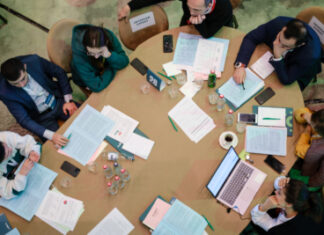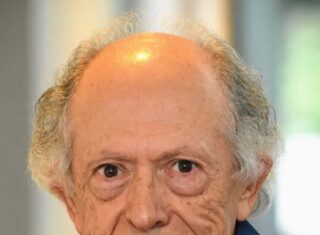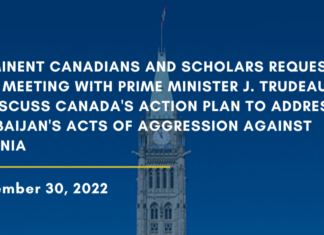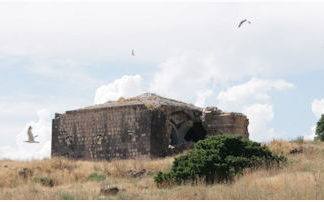By Marylinda Bozian-Cruickshank
Special to the Mirror-Spectator
YEREVAN — On October 18, the documentary film “You Can’t Cover the Sun with Mud” had its premiere in the Arno Babajanyan Concert Hall. Well over 200 invited guests gathered in this historical venue, as the evening’s master of ceremonies, Sarkis Hatsbanyan, who briefly talked about the film. The film, mostly in Turkish with Armenian subtitles, is a documentary about the more than four million ethnic Armenians that are hidden, just over the border, near Mt. Ararat, in the villages of Van, Mush, Varto, Bayazed, Iqdir, Dersim, and Hamshen, Turkey.
Realizing that they might be Armenian, from grandparents, or their parents, and now because of DNA testing, they are able to trace their roots and prove their identity. As I watched this touching and heart wrenching film, facing their obstacles, and the fear they had to endure, there wasn’t a dry eye insight, mine included, as it touched everyone in the audience.
The footage and interviews comprising “You Can’t Cover the Sun with Mud” took many years to compile by Canadian filmmaker 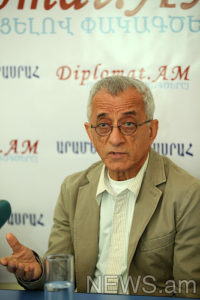 , who served as executive and co-producer, and Nairi Hokhikyan, director and co-producer, from Armenia.
, who served as executive and co-producer, and Nairi Hokhikyan, director and co-producer, from Armenia.
Other guests participated in the premiere for the special program, including Turkish novelist Erdal Sahin. He had been to Armenia three times, the first in 2013, for two days, just to see the Tsitsernakaberd Genocide Memorial and to pray for forgiveness for his ancestors, he said.






